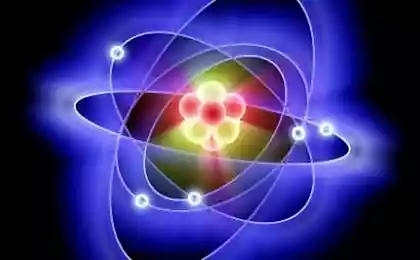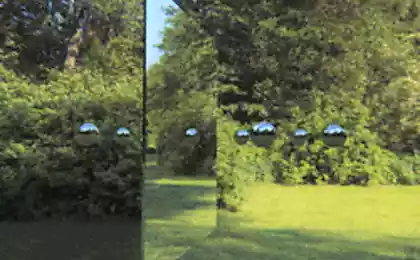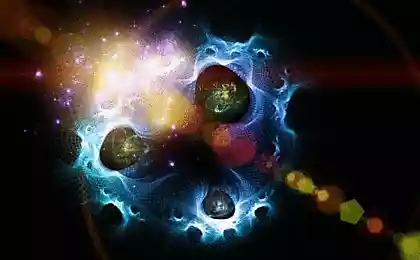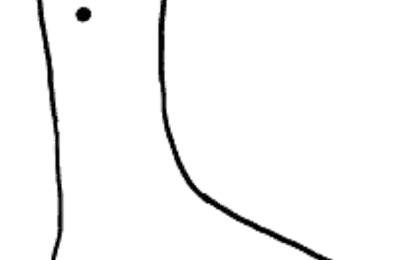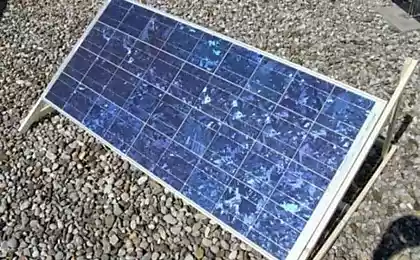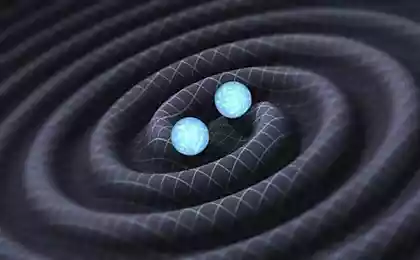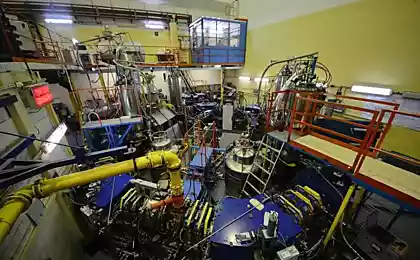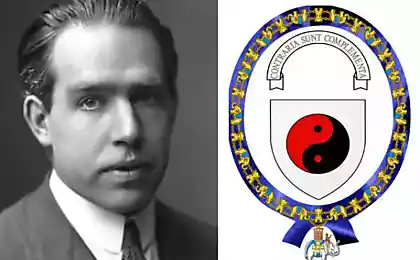Is it possible to influence the light electric field?

It's about the quantum vacuum. So it looks like in the representation of the artist.
Sredit: lactamme.polytechnique.fr
Where a question?
The question in the original sounds:
Light is an electromagnetic particle. Can we deviate its path by applying electric or magnetic fields to it?
Blockquote> Or in translation:
Light - is electromagnetic particles. Can we change its trajectory by applying an electric or magnetic field?
Blockquote> Generally speaking, it stated in response to Quora, the question is not quite correctly formulated. Light - it's not a particle and a wave, or (wave-particle duality!) Particle flux quanta of light - photons. However, this does not negate the incorrectness of the question. Indeed, if the light is electromagnetic in nature, then why could not affect him electromagnetic fields?
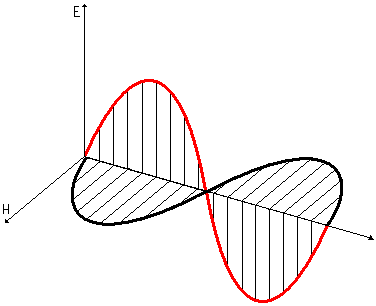
Something like this is usually depicted electromagnetic wave in training courses.
Why I wanted to answer this question, it's because he is, in fact, has a double bottom. There is an obvious answer, and the answer that can be given only if you have some knowledge beyond the scope of the school curriculum.
But first, we agree that we will focus on only a vacuum, since the propagation of light in the medium can affect the electric or magnetic field indirectly through its impact on the environment.
The obvious answer
So, the obvious answer is no, you can not. Why not, can be explained in many ways, depending on how the light is present.
If we describe light as an electromagnetic wave, it is impossible to influence it by electromagnetic fields follows from the linearity of Maxwell's equations, which actually describe all electromagnetic phenomena in classical physics. Electromagnetic wave - is one of the solutions of these equations, and the external field - is another solution. Due to the linearity property of their sum is also a solution of Maxwell's equations, and because they do to each other "do not interfere" and does not have on each other no effect.
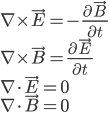
The Maxwell equations in vacuum in SI i>
If, however, describe how the light flux of particles - the photon - the answer is because the photons have no electric charge, and the electromagnetic fields act only on charged particles. Interestingly, this situation is unique to the electromagnetic interaction. Carriers of two other fundamental interactions, weak and strong, themselves can also participate in a portable their interaction.

Who communicates with whom in the Standard Model.
Credit: Vitaliy Trush // Wikimedia Commons // CC-BY-SA 3.0
For example, according to quantum chromodynamics, the strong interaction mediated by gluons. They carry out the interaction between the particles having a so-called color charge - of electric charge of the strong interaction. In this case, the gluons themselves have color charge and therefore interact among themselves and with other particles with color charge.
But to return to our sheep photons.
Non-obvious answer
I have already pointed out that the obvious answer - this is only the first layer. Let's remove the second. So, non-obvious answer is - yes, the light can be influenced by external fields.
This feature is due to the fact that, according to quantum electrodynamics vacuum, it is called the quantum vacuum is not absolute emptiness. Moreover, it is filled with so-called virtual particles, also known as quantum fluctuations. They can be thought of as being born a short time and then annihilating pairs of particles and antiparticles, especially the electron and positron.
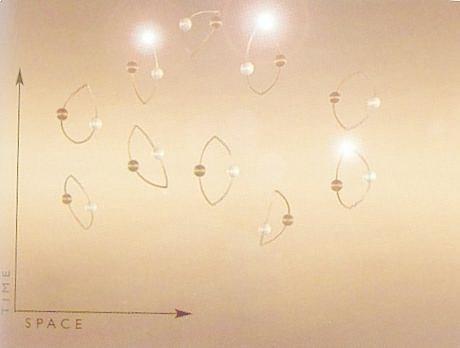
Picture, explaining the idea of quantum fluctuations.
Credit: universe-review.ca
If you continue to describe the quantum vacuum in the form of images, the external electric (and magnetic, but focus only on electric) field of virtual pairs begin to live a little longer, because the electric strength of their little "take away". This leads to the fact that there is vacuum polarization. And where is the polarization, there is the dielectric constant!
If you remember the school course in optics, further arguments to you should be obvious. Indeed, we know that the change of the dielectric constant alters the refractive index and the speed of light, and this in turn leads to a refraction and reflection of light.
This effect is, of course, very weak, and his observations are required absolutely fantastic largest field. In addition, observe the refraction of light in such fields would be very difficult due to its insignificance. Despite this, it is now seriously talking about that in 10-20 years to observe the effect of vacuum polarization on the light propagation in the laboratory.
For the generation of superstrong fields to be used at the same time ultra-high peak power lasers. At the moment, built лазеры capacity of more than 1 petawatts (Peta- multiplier means 10 15 sup>), with their help was received radiation electric field which reaches about 10 14 sup> -10 < sup> 15 sup> volts per meter. It is only 1000 times smaller than the so-called Schwinger limit where and become noticeable effects of quantum electrodynamics in a vacuum.
However, to observe the effect does not necessarily reach the limit, enough fields in ten times weaker. This means that within a generation or two super-power lasers - with capacities of 100 petawatts - in the lab will be able to change the direction of light propagation through another light, that is, by means of electromagnetic fields. Measured at the same time, however, will not be the direction of propagation and polarization of light. The fact that in an ultrahigh vacuum box acts as a двулучепреломляющая Wednesday . Velocity of waves with different polarization in such an environment is different, so when distributing it arbitrarily polarized wave, её polarization will change and that this change is much easier to measure.
Source: geektimes.ru/post/244205/







